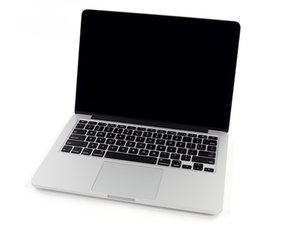Replaced internal SSD, formatted on Linux, still not recognized?
My SSD failed on my Macbook Pro 13" Mid-2014 about a year ago. I'm fairly tech savvy so I identified this as culprit, took it to the Genius who verified, and laughed to myself as I walked out when he said the repair cost for a 250 GB.
I bought a Samsung EVO 970 NVMe M.2 500 GB at a fraction of the cost, and when I found that (of course) the pins do not match up, I ordered a "JSER 12+16pin 2014 2015 Macbook to M.2 NGFF M-Key SSD Convert Card for A1493 A1502 A1465 A1466" off Amazon. Sure enough, it fit like a glove.
I then booted from a Ubuntu Live USB and was excited to see the drive appear in GParted. I have attempted to format the drive using a number of options based on what I've read macOS likes...
"gpt" (GUID Partition Table)
"hfs+" (Heirarchical File System) (Mac OS Extended)
However, when I attempt to install macOS through the Recovery mode (off boot menu, internet enabled option, whatever its called), when getting to step to select drive it does not show up. It also does not show up in Disk Utility (off boot menu).
I've been scouring google for few days without finding any more useful information, ideas, anything to go off of, on what could be wrong. Any advice would be greatly appreciated!
Side Note: I do not own another Mac, and only have a Win/Ubuntu PC to do any troubleshooting with.
Is this a good question?


 35
35  329
329  971
971